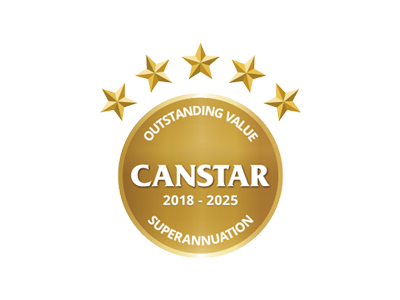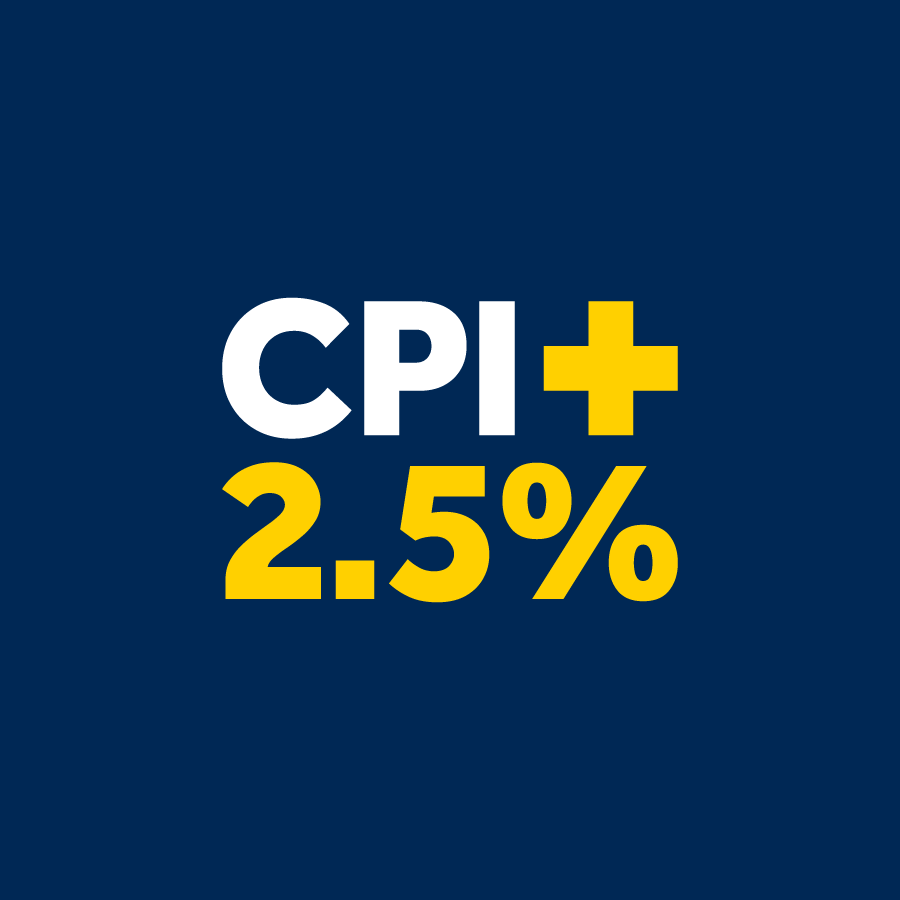It’s never too late – or too early – to take some simple steps so you can be in control of your retirement savings and build the retirement you want and deserve.
1. Get to know your super
It might be easy to just ‘set and forget’ your super but taking a quick look at your payslip and your Hostplus account could help bridge the gap. Here’s some quick tips:
- check your payslip to make sure you’re getting the right amount of super paid by your employer. The Superannuation Guarantee (SG) rate is 12% of your gross salary,
- log into member online to check if you have insurance cover with your super. You can also see if you’re paying for the right cover.
2. Consolidate your super
Consider consolidating your super into one account. Why? By consolidating your accounts, you could reduce the fees you pay which can affect your account balance at retirement.
Before you consolidate your super accounts into one it’s important to:
- compare the fees and performance of each fund
- check other features of each fund like access to financial advice or member online access
- check whether you’ll lose any benefits or be charged a fee for closing an account
- remember if you do close a super account, you’ll lose any insurance attached to that account
You may find it beneficial to obtain advice from a licensed financial adviser. Explore your advice options
3. Review your investment options with Hostplus
When your Hostplus account is first set up, your contributions to your super are invested in the Balanced (MySuper) option unless you tell us otherwise.
You can choose from our wide range of investment options with different levels of risk and return targets.
The way your super is invested can make a big difference to your nest egg by the time you’re ready to retire.
When deciding which option is right for you, it’s important to carefully consider factors such as your financial objectives, risk appetite, age and investment time frame. You may find it beneficial to obtain advice from a licensed financial adviser. Explore your advice options
4. Consider making extra contributions
Your employer contributions are important and there’s also the option to contribute extra.
No matter how large or small, extra contributions can make a big difference over time. Starting at any age could help build your balance with the benefit of compound returns. Find out more about compound returns
Examples of extra super contributions include:
- After-tax contributions
These are also known as non-concessional contributions. You can make extra payments to your super using your take-home pay or savings in your bank account. How much and how often you make these contributions is up to you, but annual limits apply. - Spouse contributions and splitting
Tax offsets may apply for a spouse who contributes super on behalf of a low-income earning or non-working spouse. Your spouse can also divert some of their super contributions to your super account. Eligibility terms apply. - Low Income Superannuation Tax Offset (LISTO)
Low-income earners may be eligible to receive a refund into their super account of the tax paid on their eligible super contributions, up to a cap of $500. - Government co-contributions
If you’re a low or middle-income earner and make after-tax super contributions, you may be eligible to receive a co-contribution into your super from the government of up to $500. - Salary sacrifice
Contributions to your super from your before-tax salary are taxed at 15%, lower than most people’s personal tax rate. Limits apply.
5. Nominate a beneficiary
Nominating a beneficiary can help your super, pension or any insurance benefits go to the right person, or people, after you pass away. Learn more about beneficiaries here.
6. Expecting a baby?
Hostplus members can apply for premium-free insurance cover during parental leave.7 Learn more about the parental leave premium waiver here.






